Home>Furniture & Design>Interior Design Trends>How Many Calories Is A Glass Of Rosé
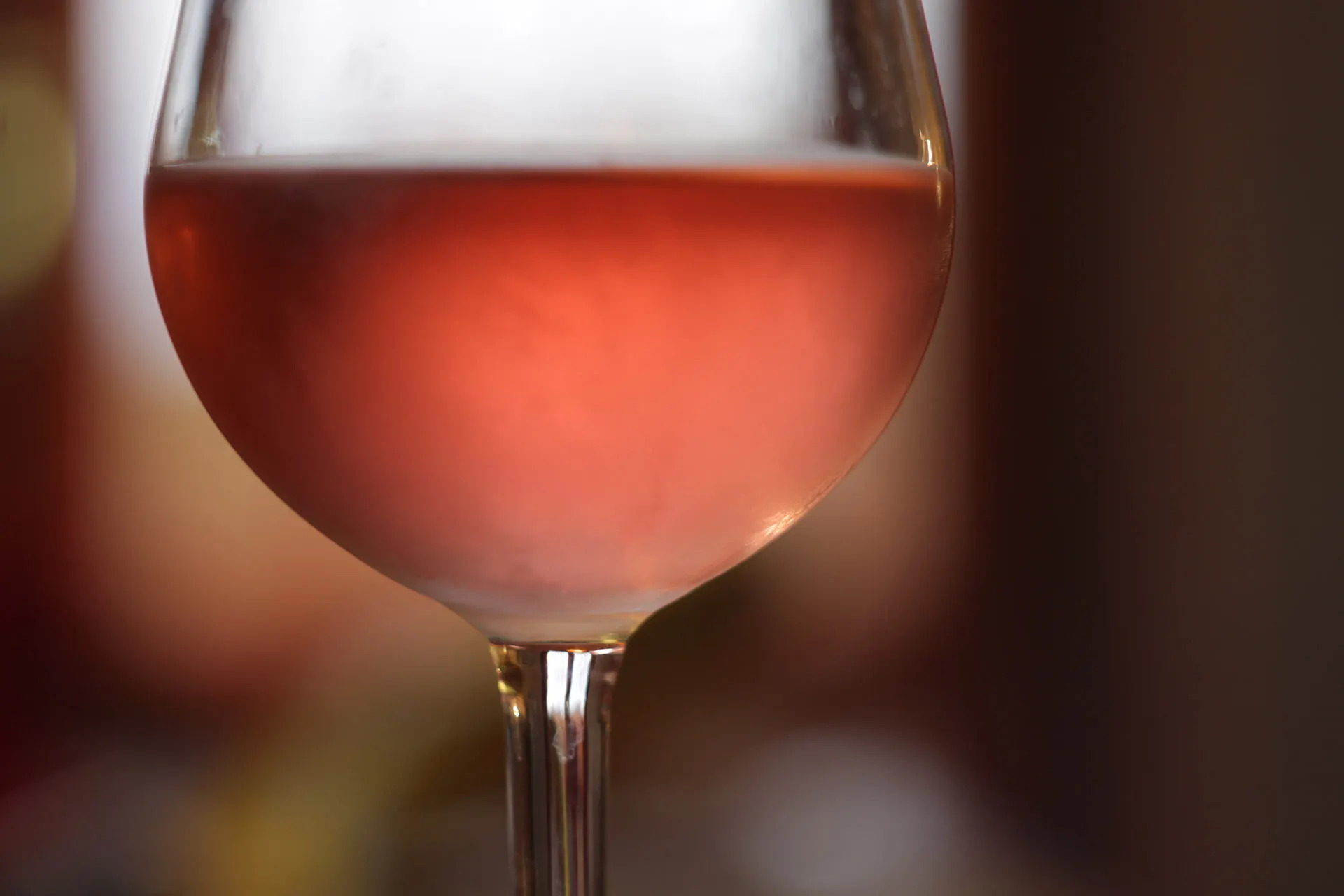

Interior Design Trends
How Many Calories Is A Glass Of Rosé
Published: February 3, 2024
Discover the calorie count of a glass of rosé and stay updated on the latest interior design trends. Learn how to balance indulgence with style.
(Many of the links in this article redirect to a specific reviewed product. Your purchase of these products through affiliate links helps to generate commission for Storables.com, at no extra cost. Learn more)
Introduction
Rosé wine has surged in popularity in recent years, captivating wine enthusiasts with its delicate hue and refreshing taste. As the warmer months approach, many individuals are eager to savor a chilled glass of rosé in the company of friends or while relaxing on a tranquil evening. However, amidst the enjoyment of this delightful wine, it's natural to wonder about its calorie content and how it fits into a balanced lifestyle.
In this article, we will delve into the world of rosé wine, exploring its nuances and shedding light on the often overlooked aspect of its calorie content. By understanding the factors that influence the caloric value of a glass of rosé, you can make informed choices and savor this beloved wine in a mindful and health-conscious manner.
Whether you're a seasoned rosé enthusiast or someone who's just beginning to explore the world of wines, this article aims to provide valuable insights into the calorie aspect of rosé, empowering you to enjoy this delightful beverage while maintaining a balanced approach to health and wellness. So, let's embark on this journey to unravel the mysteries of rosé wine and discover how many calories are nestled within a glass of this beloved libation.
Key Takeaways:
- Savoring a 5-ounce glass of rosé typically contains 120-130 calories, influenced by alcohol and sugar content. Enjoy in moderation and pair with fresh dishes for a balanced lifestyle.
- Embrace a mindful approach to enjoying rosé by staying hydrated, opting for lighter styles, and incorporating physical activity. Savor each sip and celebrate its conviviality.
Read more: How Many Calories Is A Glass Of Whiskey
Understanding Rosé Wine
Rosé wine, often referred to as "pink wine," is a delightful and versatile beverage that has captured the hearts of wine enthusiasts around the world. Its alluring pink hue, ranging from pale salmon to vibrant coral, is a result of the winemaking process, which involves minimal contact between grape skins and the grape juice. This gentle maceration imparts a spectrum of captivating colors, reflecting the grape varietals and winemaking techniques employed.
One of the defining characteristics of rosé wine is its remarkable diversity in flavor profiles. From bone-dry to subtly sweet, rosé wines offer a wide range of taste experiences, making them suitable for various occasions and culinary pairings. The flavor profile of a rosé wine is influenced by factors such as the grape varietals used, the region of origin, and the winemaking methods employed. Whether it's a crisp and refreshing rosé with notes of citrus and red berries or a more robust and fruit-forward expression, there is a rosé wine to suit every palate.
In terms of winemaking, rosé can be crafted through several methods, including the maceration method, where the grape skins are in contact with the juice for a brief period, and the saignée method, which involves bleeding off a portion of the juice from a red wine fermentation to create a rosé. Each method contributes to the nuanced flavors and aromas that define rosé wines, adding to their allure and complexity.
Rosé wines are celebrated for their versatility, making them an ideal choice for a wide array of occasions. Whether enjoyed as a refreshing aperitif, paired with a leisurely brunch, or savored alongside a gourmet meal, rosé wine effortlessly complements a diverse range of culinary experiences. Its inherent ability to evoke a sense of conviviality and relaxation has made it a popular choice for social gatherings and intimate moments alike.
In essence, rosé wine embodies the spirit of enjoyment and conviviality, offering a sensory journey that transcends mere refreshment. Its enchanting color, diverse flavor profiles, and versatile nature make it a beloved choice for wine enthusiasts seeking a delightful and approachable libation. As we continue our exploration of rosé wine, let's delve into the intriguing aspect of its calorie content, shedding light on the nutritional considerations that accompany this beloved beverage.
Calories in a Glass of Rosé
When it comes to enjoying a glass of rosé, understanding its calorie content is essential for making informed choices about your overall dietary intake. A standard 5-ounce serving of rosé wine typically contains approximately 120-130 calories. However, it's important to note that the exact calorie count can vary based on factors such as the specific wine varietal, residual sugar content, and alcohol by volume (ABV) percentage.
The calorie content of rosé wine is primarily influenced by its alcohol and sugar content. As a general rule, wines with higher alcohol content tend to have more calories. This is because alcohol itself is calorie-dense, containing 7 calories per gram. Therefore, a higher ABV percentage in a glass of rosé will contribute to its overall calorie count. Additionally, the residual sugar content in rosé wine can also impact its caloric value. Wines with a higher sugar content will typically have more calories per serving.
It's worth noting that the calorie content of rosé wine is comparable to that of many other types of wine. For instance, a 5-ounce serving of red or white wine generally contains a similar number of calories to that of rosé. This underscores the importance of moderation and mindful consumption when enjoying any type of wine.
Despite its calorie content, rosé wine can be a delightful addition to a balanced lifestyle when enjoyed in moderation. Its vibrant flavors and refreshing character make it a popular choice for social gatherings, celebrations, and everyday enjoyment. By being mindful of portion sizes and savoring rosé in moderation, you can relish its unique attributes while maintaining a health-conscious approach to your overall dietary choices.
As we explore the calorie aspect of rosé wine, it's important to approach its consumption with a sense of balance and mindfulness. By understanding the calorie content of a glass of rosé and considering it within the context of your overall dietary intake, you can savor this beloved wine while making informed choices that align with your wellness goals.
A standard 5 oz glass of rosé wine typically contains around 120-130 calories. Be mindful of portion sizes to manage your calorie intake.
Factors Affecting Calorie Content
The calorie content of a glass of rosé wine is influenced by several key factors, each contributing to the overall nutritional profile of this beloved beverage. Understanding these factors can provide valuable insights into the caloric considerations associated with enjoying rosé wine.
-
Alcohol by Volume (ABV): The alcohol content of rosé wine, expressed as ABV, plays a significant role in determining its calorie content. Alcohol is calorie-dense, containing 7 calories per gram. Therefore, wines with a higher ABV percentage will inherently have more calories per serving. As such, it's essential to be mindful of the alcohol content when assessing the caloric impact of a glass of rosé.
-
Residual Sugar Content: The residual sugar content in rosé wine can also contribute to its caloric value. Wines with a higher sugar content will generally have more calories per serving. The sweetness of a rosé wine, influenced by its residual sugar levels, can vary widely, impacting both its flavor profile and its caloric density.
-
Winemaking Techniques: The winemaking methods employed in crafting rosé wine can influence its calorie content. For instance, wines produced using the saignée method, which involves bleeding off a portion of the juice from a red wine fermentation to create a rosé, may exhibit different calorie profiles compared to those crafted through direct grape maceration. Additionally, factors such as fermentation duration and temperature control can subtly impact the nutritional composition of the final wine.
-
Grape Varietals and Origin: The grape varietals used in crafting rosé wine, as well as the region of origin, can contribute to its calorie content. Different grape varietals possess varying levels of natural sugars and other compounds that can influence the overall nutritional composition of the wine. Furthermore, regional winemaking practices and climatic conditions can impart distinct characteristics to the wine, potentially affecting its caloric density.
By considering these factors, wine enthusiasts and health-conscious individuals can gain a deeper understanding of the calorie content of rosé wine. This knowledge empowers individuals to make informed choices about their dietary intake while savoring the delightful nuances of this beloved libation. Ultimately, by embracing a mindful and balanced approach to enjoying rosé wine, one can fully appreciate its sensory pleasures while aligning with personal wellness goals.
Tips for Enjoying Rosé in a Healthy Way
Embracing a health-conscious approach to enjoying rosé wine involves mindful consumption and thoughtful choices. Here are some tips to savor this delightful beverage while aligning with your wellness goals:
-
Moderation is Key: Enjoying rosé wine in moderation is essential for maintaining a balanced lifestyle. Be mindful of portion sizes and aim to savor the sensory experience of each glass. By practicing moderation, you can relish the flavors of rosé while being mindful of your overall dietary intake.
-
Mindful Pairings: When indulging in a glass of rosé, consider thoughtful food pairings that complement the wine's flavors. Opt for fresh, vibrant dishes such as grilled seafood, crisp salads, or fruit-based desserts. The interplay of flavors can enhance the overall dining experience while allowing you to savor the wine in a holistic and health-conscious manner.
-
Stay Hydrated: It's important to stay hydrated while enjoying rosé wine. Alternate between sips of water and wine to maintain hydration levels and pace your consumption. This approach not only supports overall well-being but also allows you to fully appreciate the nuances of the wine without overindulging.
-
Opt for Lighter Styles: Explore the diverse spectrum of rosé wines, including those with lower alcohol content and minimal residual sugar. Lighter styles of rosé often exhibit refreshing acidity and subtle fruit notes, offering a delightful drinking experience with a potentially lower caloric impact.
-
Incorporate Physical Activity: Consider incorporating physical activity into your routine when enjoying rosé wine. Whether it's a leisurely walk, a yoga session, or engaging in outdoor activities, balancing wine consumption with physical movement can contribute to a holistic approach to well-being.
-
Mindful Enjoyment: Take the time to savor each sip of rosé, appreciating its aromas, flavors, and the conviviality it brings to social gatherings. By approaching wine consumption with mindfulness and presence, you can derive greater enjoyment from each glass while being attuned to your body's cues.
By embracing these tips, you can cultivate a balanced and health-conscious approach to enjoying rosé wine. Whether it's a casual evening with friends, a celebratory occasion, or a moment of personal indulgence, savoring rosé in a mindful and healthy way allows you to fully appreciate its sensory delights while honoring your overall well-being.
Read more: How Many Calories Is A Glass Of Milk
Conclusion
In conclusion, the allure of rosé wine extends beyond its captivating color and diverse flavor profiles. As we've explored the calorie aspect of this beloved libation, it's evident that understanding its nutritional considerations is essential for making informed choices about consumption. With approximately 120-130 calories in a standard 5-ounce serving, rosé wine offers a delightful sensory experience that can be enjoyed in a mindful and health-conscious manner.
By delving into the factors that influence the calorie content of rosé, such as alcohol by volume, residual sugar levels, winemaking techniques, and grape varietals, we've gained valuable insights into the nuanced aspects of this beloved wine. This knowledge empowers wine enthusiasts and health-conscious individuals to approach rosé consumption with a sense of balance, mindfulness, and appreciation for its sensory pleasures.
Furthermore, the tips provided for enjoying rosé in a healthy way underscore the importance of moderation, mindful pairings, hydration, and embracing lighter styles of rosé. By incorporating these practices into one's approach to wine enjoyment, individuals can savor the delightful nuances of rosé while aligning with their wellness goals.
Ultimately, the journey of exploring the calorie content of rosé wine has illuminated the importance of mindful consumption and thoughtful choices. Whether it's a casual gathering, a celebratory toast, or a moment of personal indulgence, savoring rosé in a health-conscious manner allows individuals to fully appreciate its sensory delights while honoring their overall well-being.
As we raise a glass to the enchanting world of rosé wine, let's embrace a balanced and mindful approach to its enjoyment, savoring each sip with a sense of appreciation for its conviviality and the joy it brings to our lives. Cheers to the delightful pleasures of rosé, enjoyed in harmony with our well-being and the moments we cherish.
Frequently Asked Questions about How Many Calories Is A Glass Of Rosé
Was this page helpful?
At Storables.com, we guarantee accurate and reliable information. Our content, validated by Expert Board Contributors, is crafted following stringent Editorial Policies. We're committed to providing you with well-researched, expert-backed insights for all your informational needs.
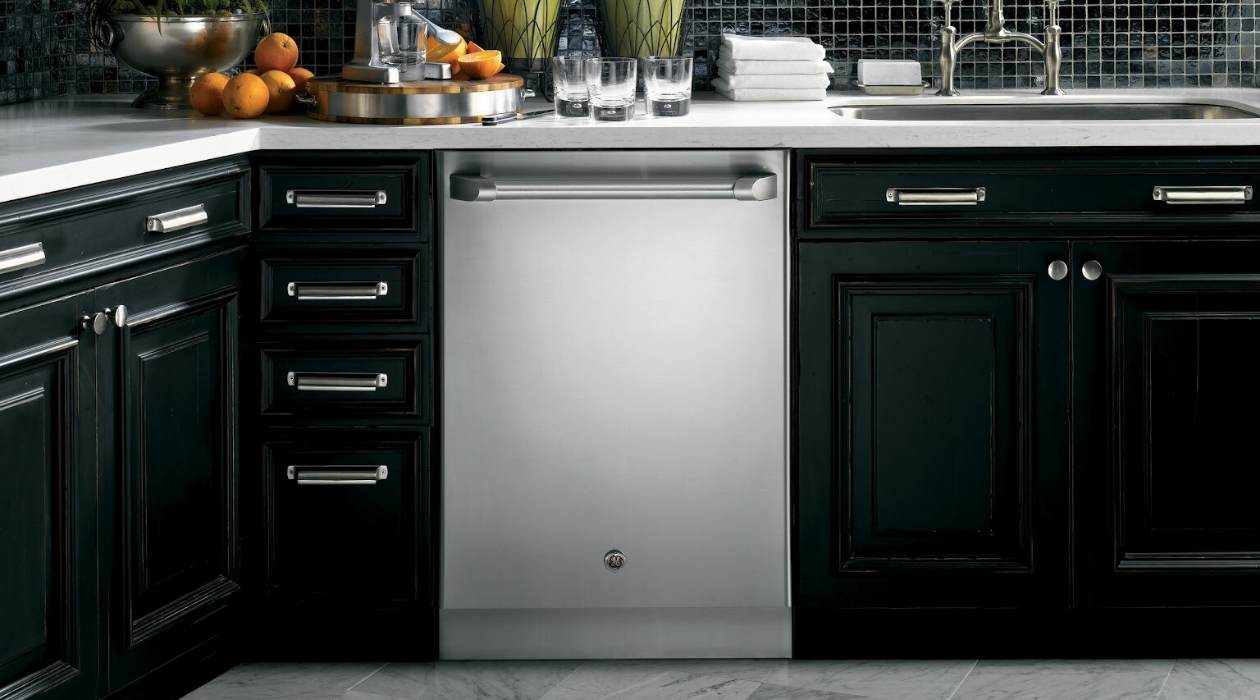
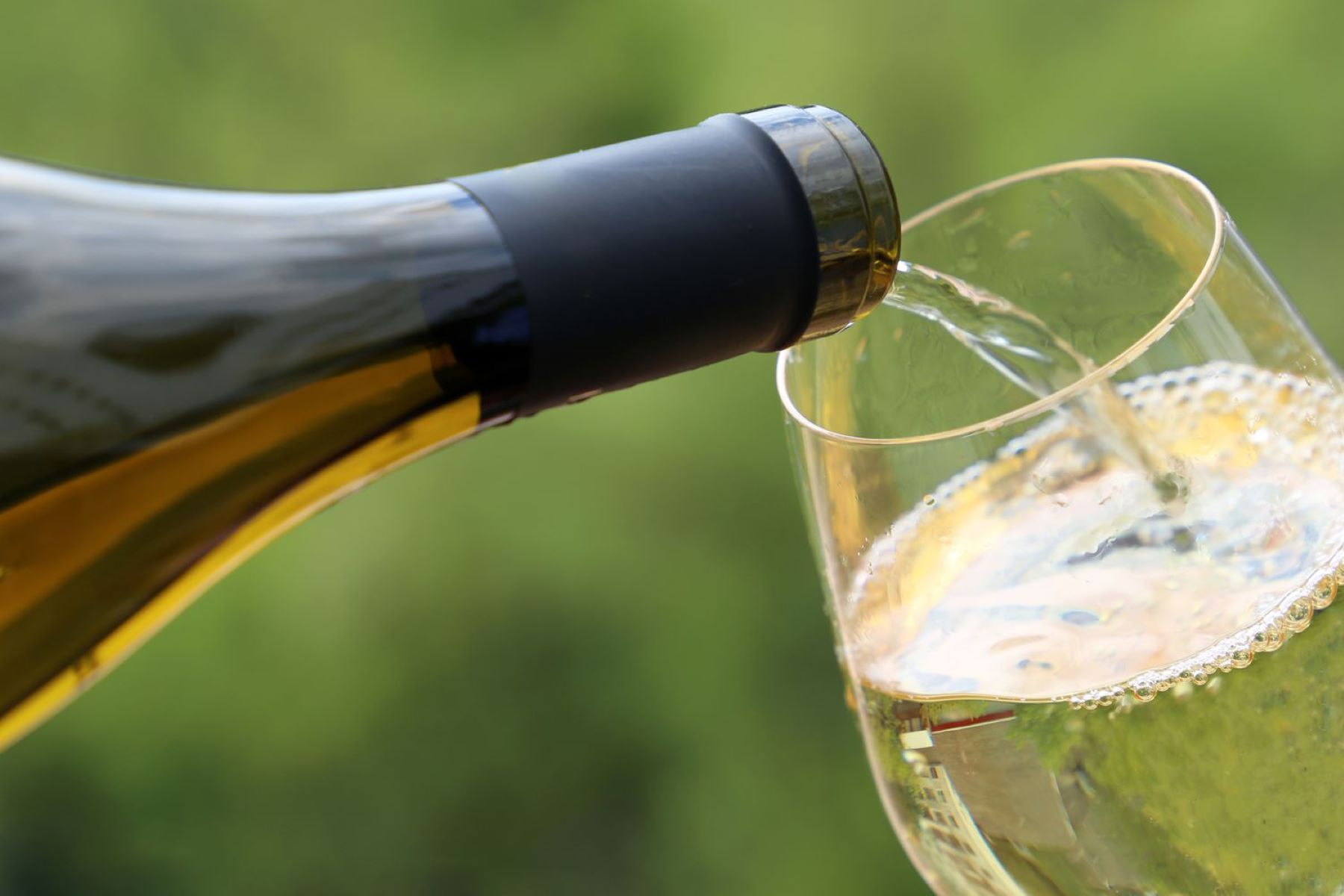


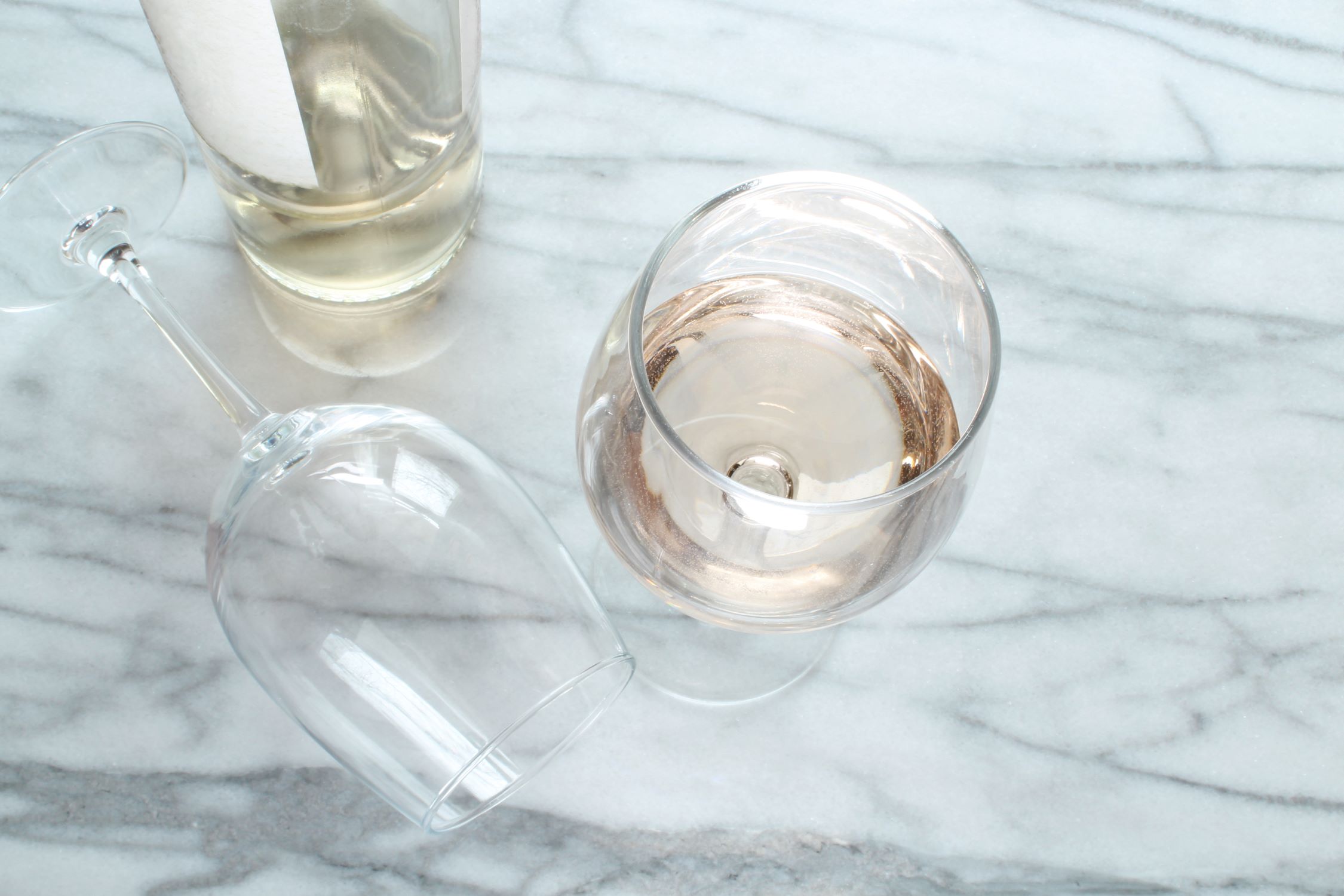
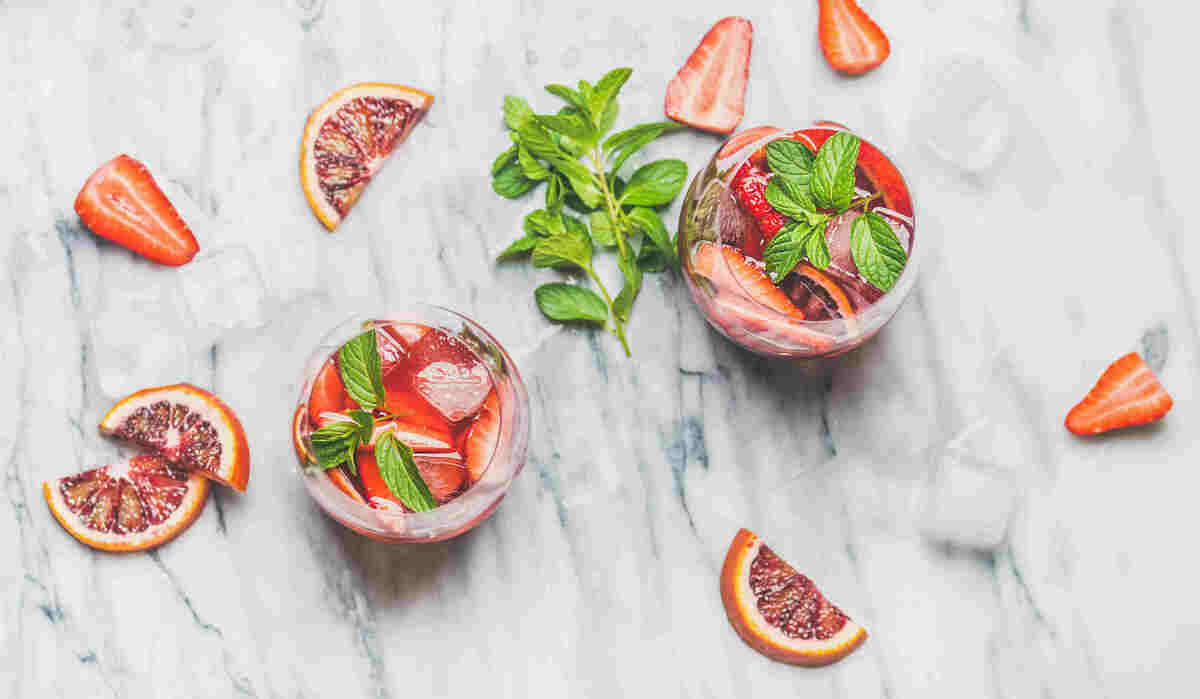
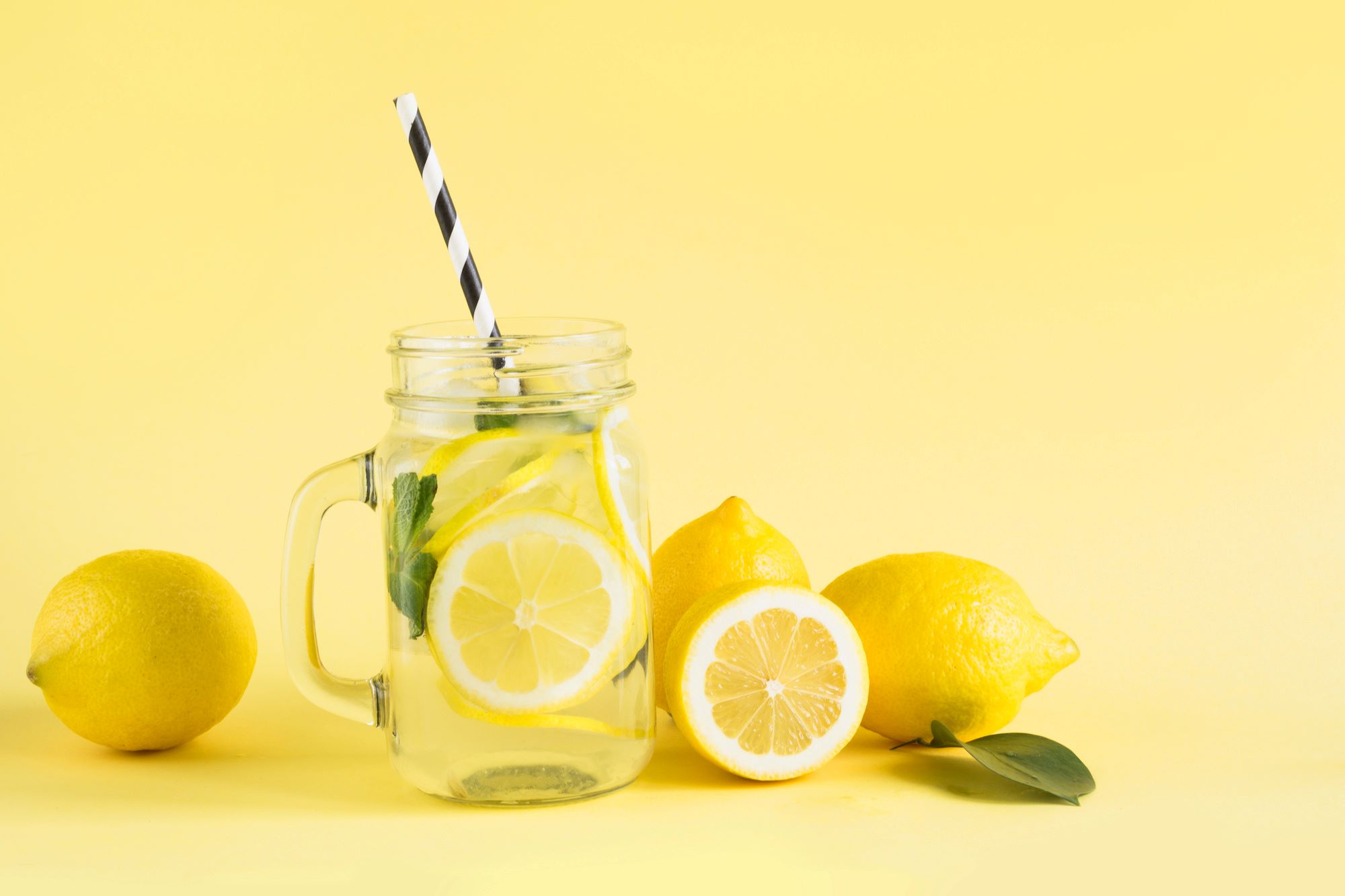
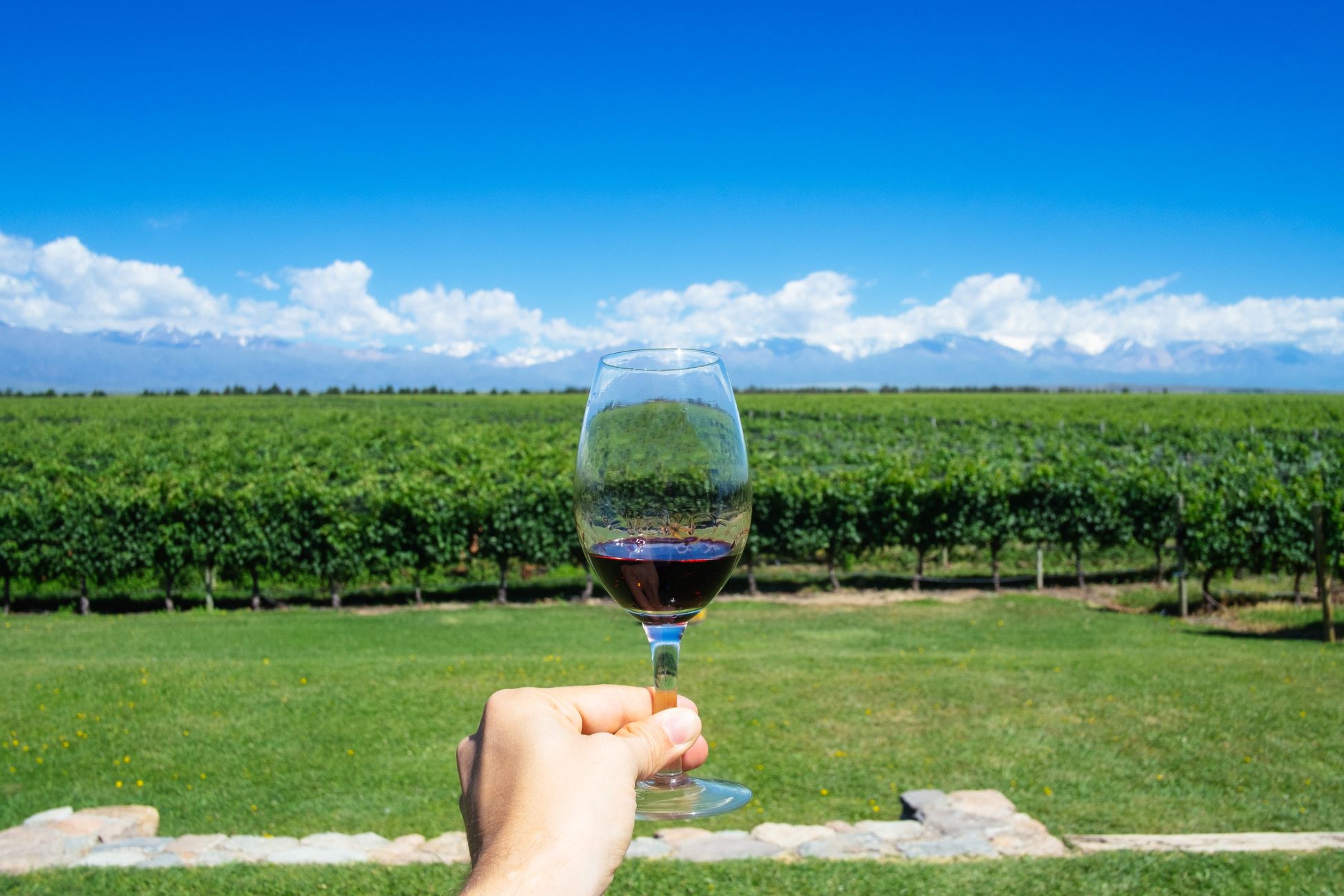
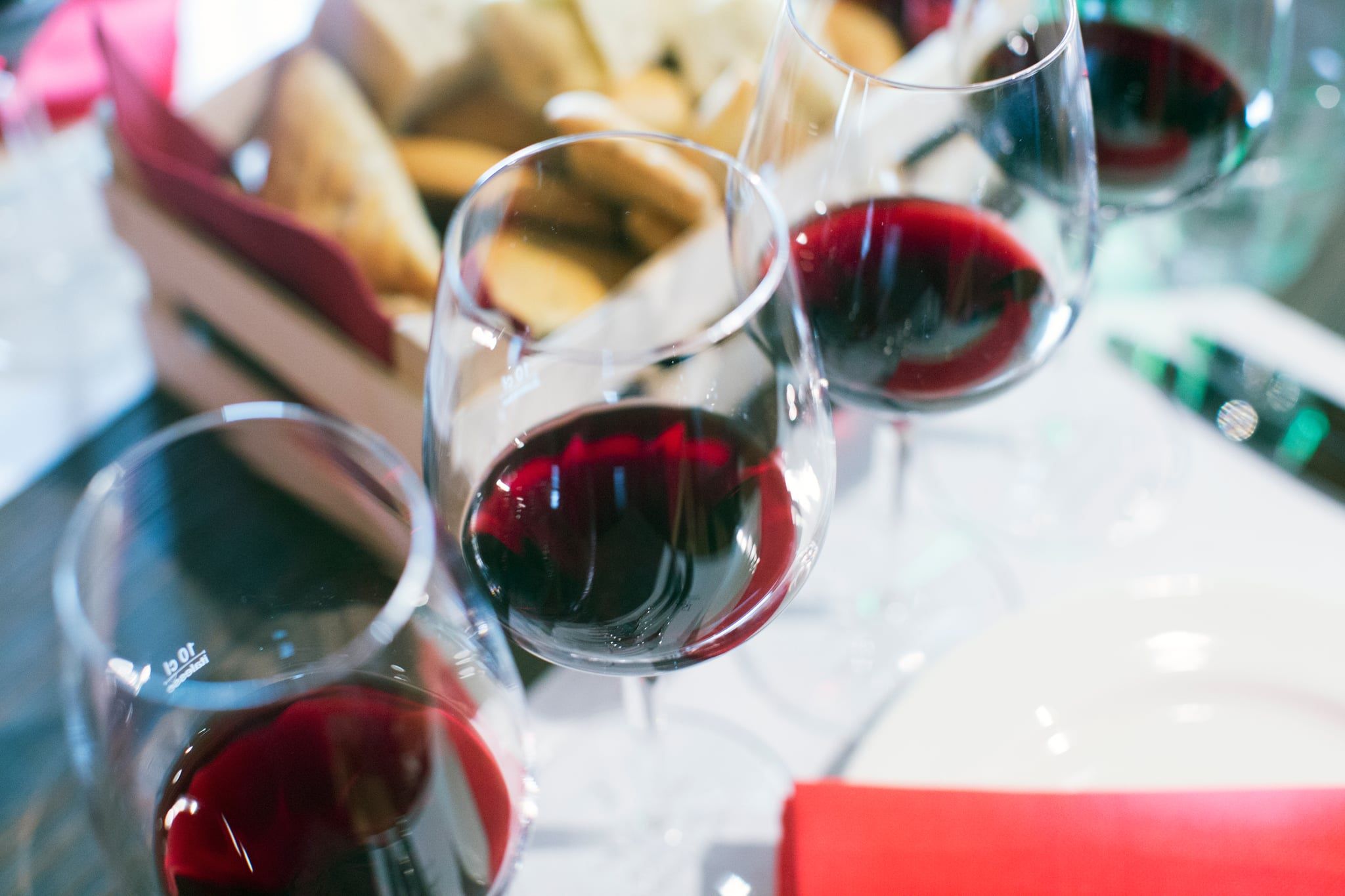
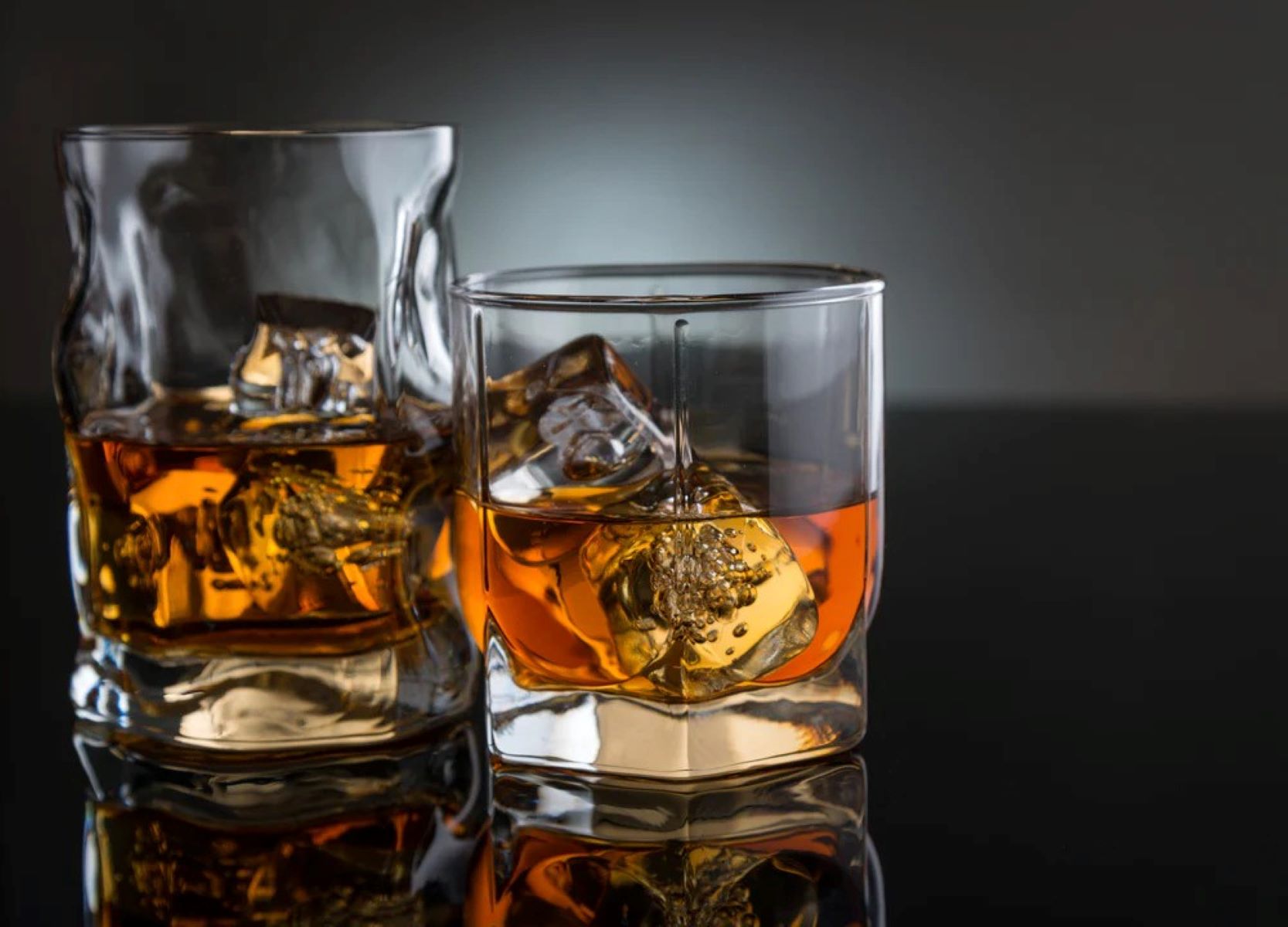
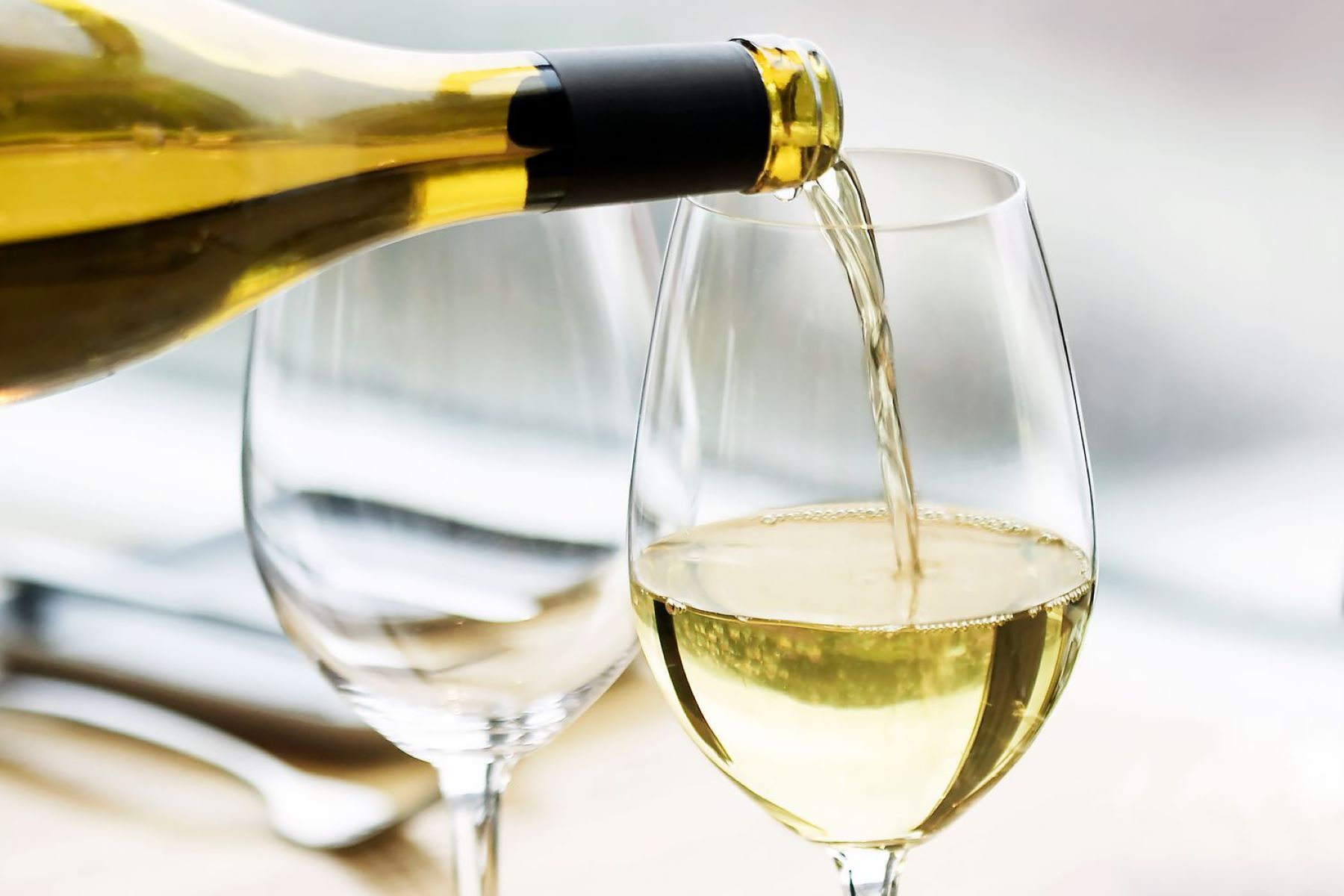
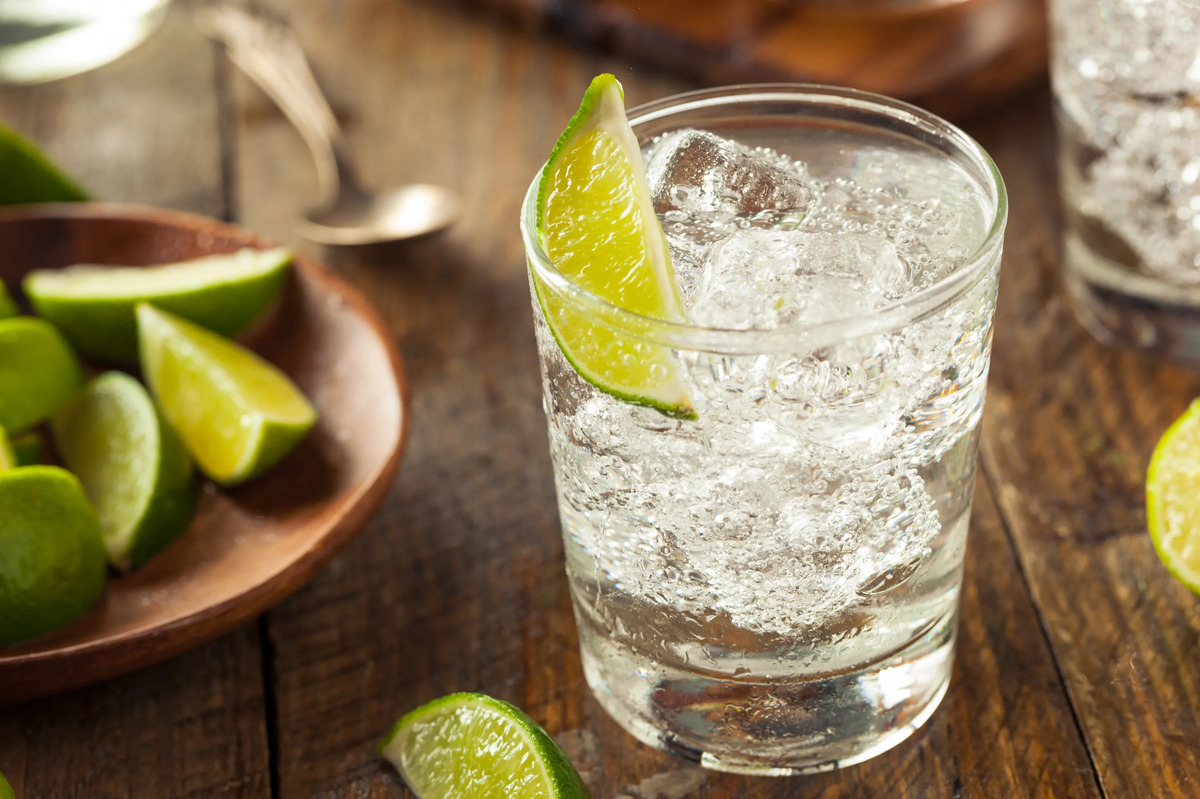
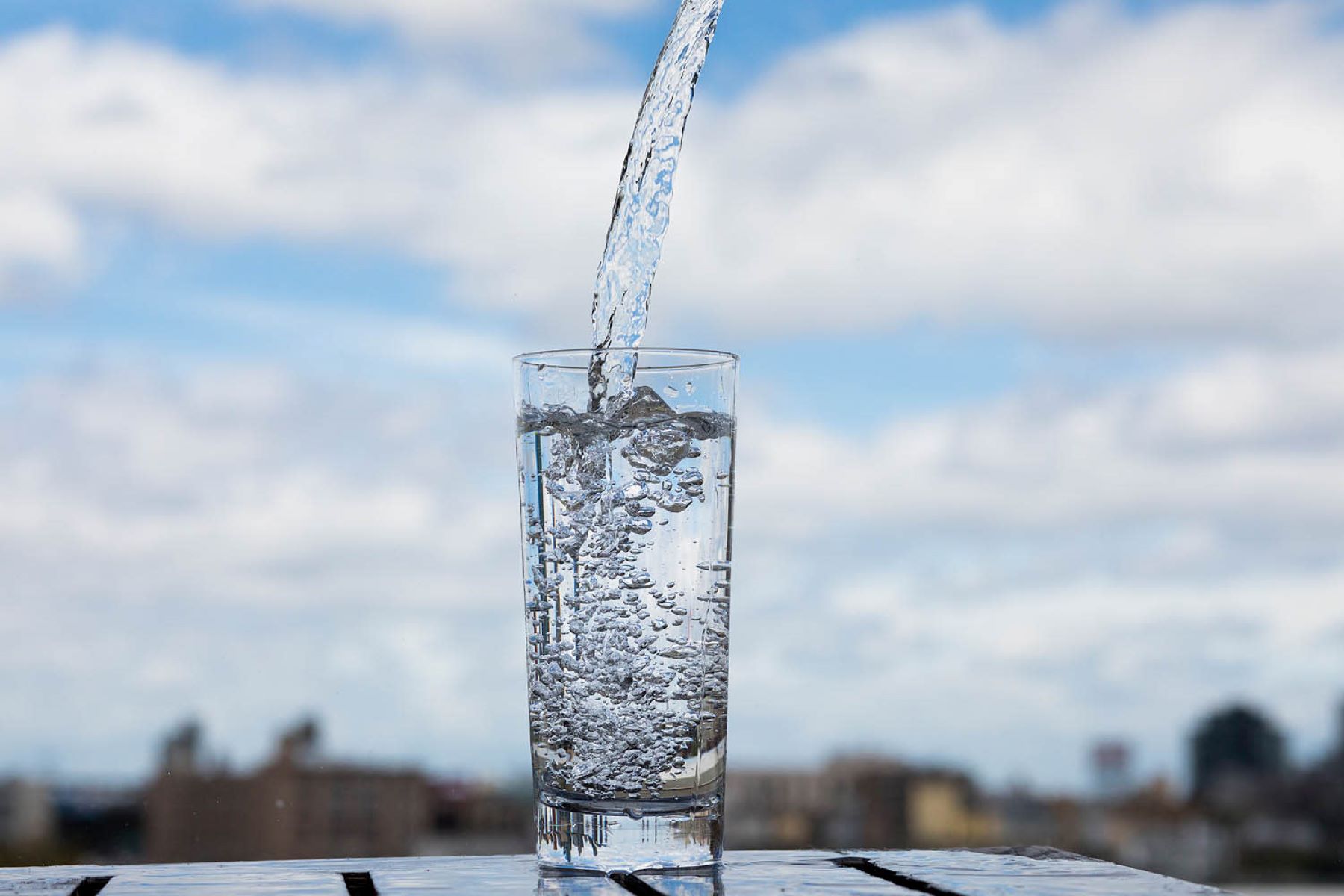


0 thoughts on “How Many Calories Is A Glass Of Rosé”